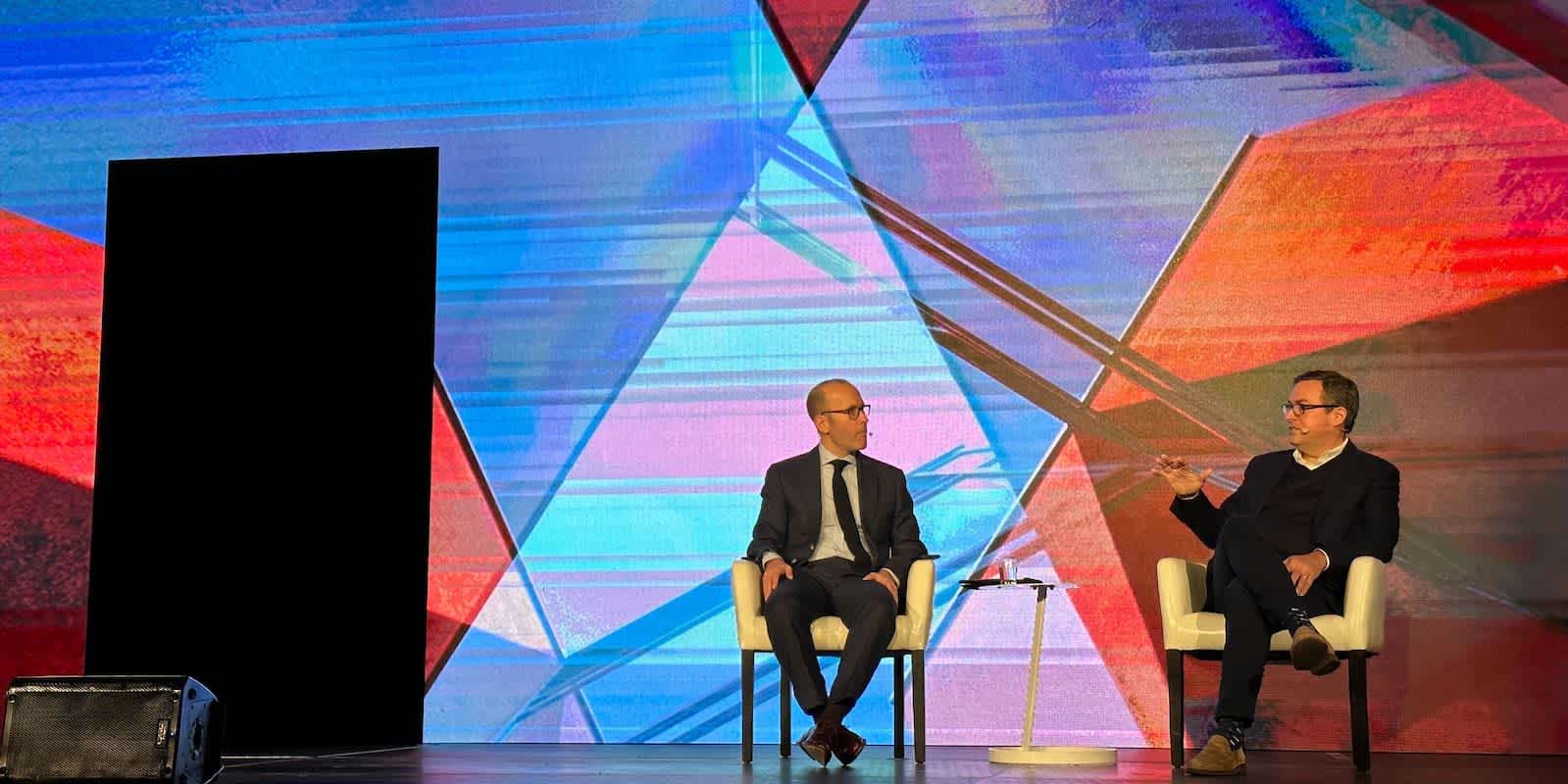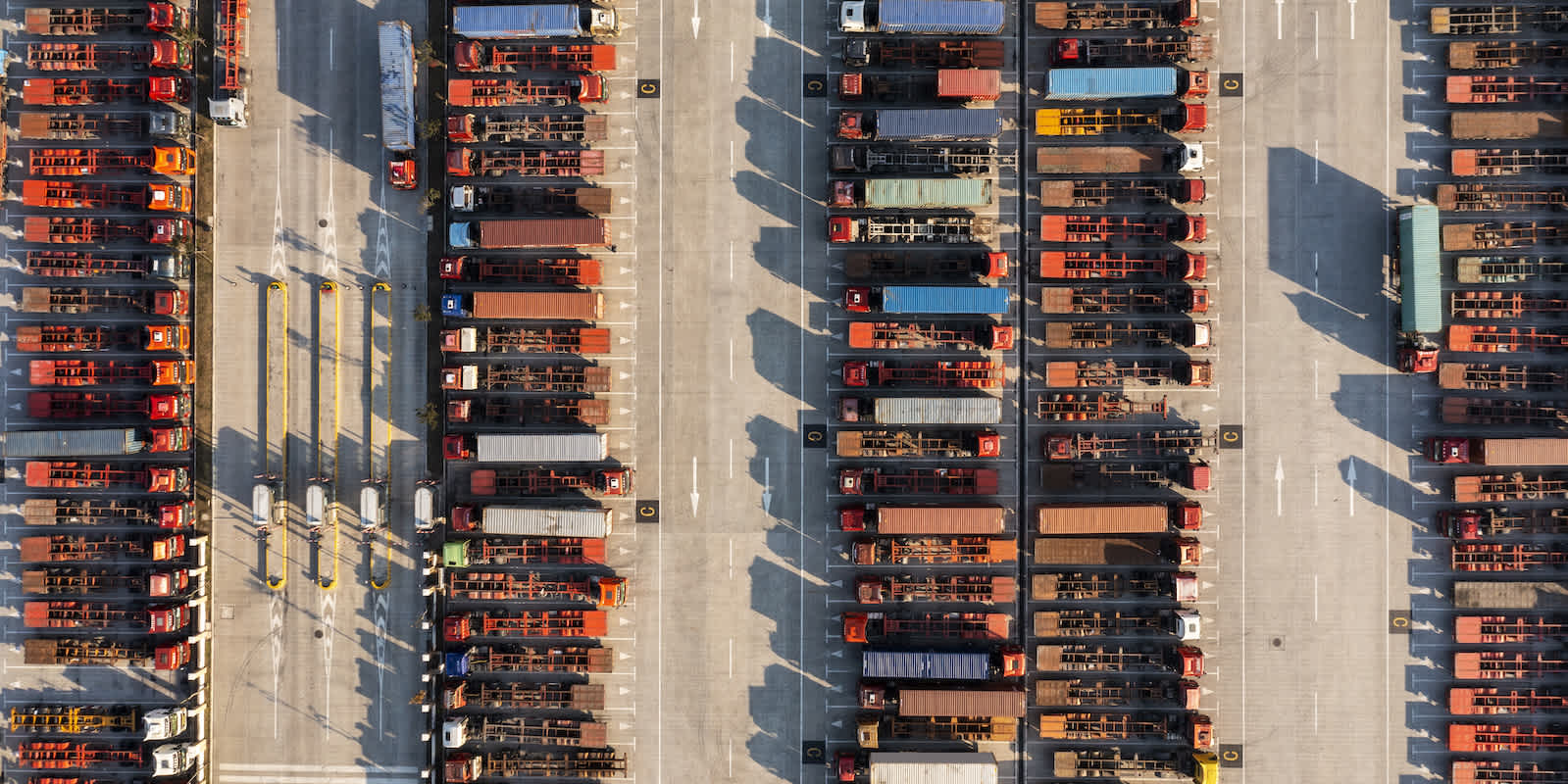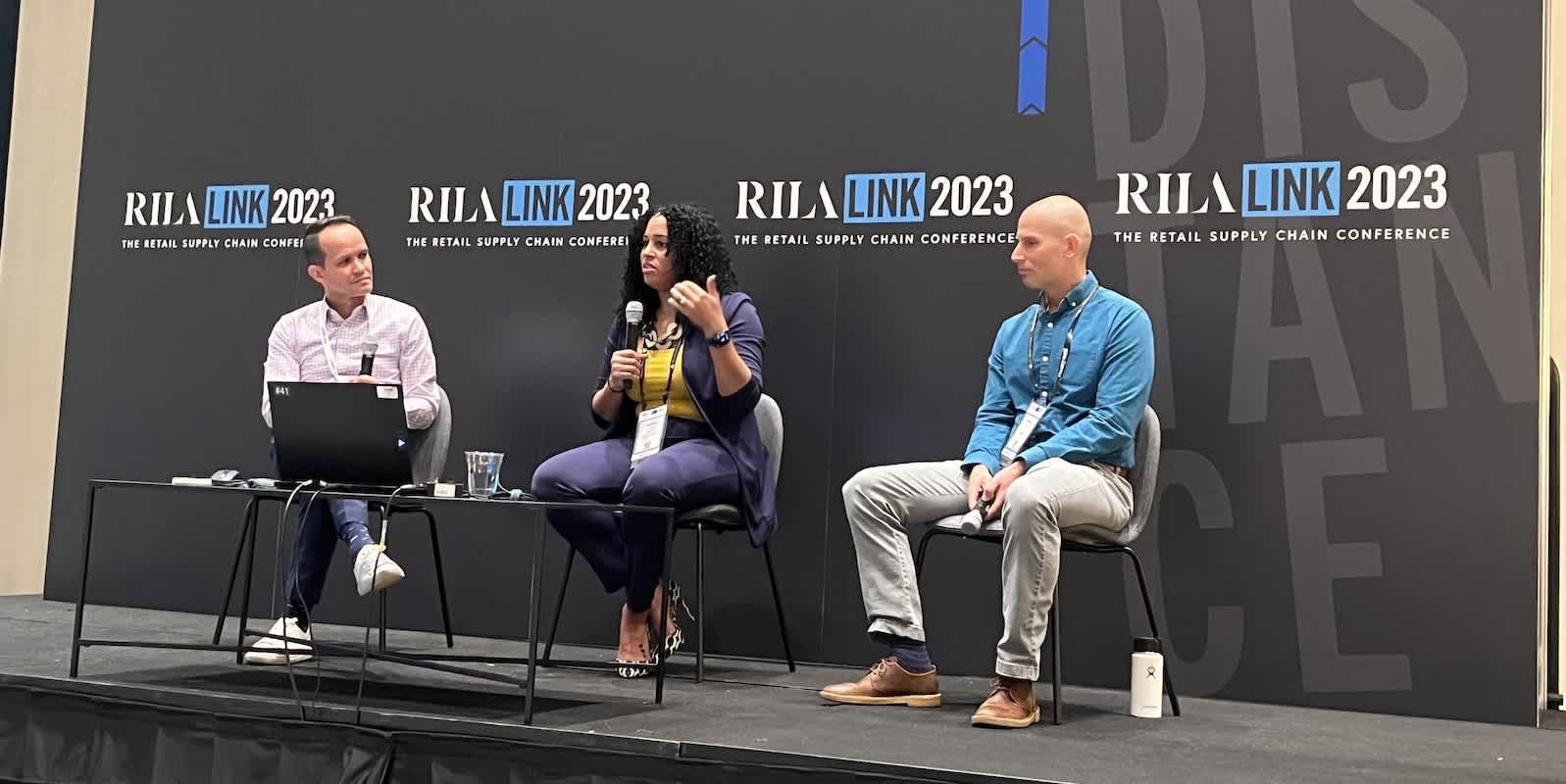
March 1, 2023
Building the Future of Supply Chain: Key Takeaways from Flexport CEO Dave Clark
Building the Future of Supply Chain: Key Takeaways from Flexport CEO Dave Clark’s Remarks at TPM
Flexport CEO Dave Clark headlined a fireside chat at this week’s Transpacific Maritime (TPM) conference. TPM is the largest annual event for global freight and logistics professionals. Founded in 2001 by the Journal of Commerce (JOC), the conference presents in-depth programming on the pressing issues that impact freight shippers and carriers globally.
Listening to the Customers
The conversation kicked off strong with a question about the perception of Flexport amongst industry insiders and outsiders alike. “We're going to do new things, and I think people should be skeptical until we deliver,” Clark said, adding that his bottom line is listening to the customers. “When I talk to our customers, I hear that they're really happy with with the direction we're going. That's the voice that matters the most to me so that's where our focus is as we go forward.”
Clark went on to highlight the role Flexport’s technology plays in these customer relationships. “When I talk to our customers, I hear they really love the technology [we deliver]. That’s what drives most of them to use Flexport…the desire to be part of building that technology.”
While much of the conversation focused on supply chain technology, Johnson took a moment to ask about what drew Clark to Flexport in the first place. A big piece of it, Clark said, was the opportunity to pursue two of his passions—building solutions and the supply chain. “Every day [in the supply chain] is something new and different. And it's a real opportunity to bring technology into this space and help make it easier for our customers.”
Flexport’s Vision for the Future
Clark then expanded on his reasons for joining Flexport and went deeper into what he sees in the company’s future. “Start with our freight forwarding platform and the tech that’s there and go in both directions,” said Clark. “Moving further into origin with services and further into destination with services; with trucking and distribution and consolidation…we have this opportunity to bring all that to a single pane of glass.”
All of these layers and stages of supply chains—that currently operate independently—rolled up into one will create a more efficient process for businesses of all sizes, especially small and medium-sized enterprises. Clark said the idea is to bring an economy of scale to companies who might not otherwise be able to take advantage of the same feature set as bigger players. “Because anybody in this business knows scale is the difference maker…your ability to get greater density drives pricing and speed. And most companies will never have the opportunity to roll up the kind of scale that really large global conglomerates can.”

Wrapping up his vision for Flexport’s future, Clark said, “Our objective is to invest in the technology so that we can help all those companies achieve scale. That's where our focus is.”
Automation is Key
Johnson later turned the conversation to a question that’s been top-of-mind for many in light of the disruptions and uncertainty that hit logistics in recent years. With technology taking a leading role in the recovery and planning for the future—what is the role of automation in the future of logistics?
Automation, powered by AI and machine learning, will play a key role over time. “There's a lot of high-judgment activity that occurs in various steps of the new global freight movement that requires incredible people to do it. But over time I would expect that most of the complexity can be automated away.”
The Future of Logistics
For a final question, Johnson introduced a philosophical angle to the conversation by asking for Clark’s thoughts on the future of logistics as a whole, musing, “is the future of global logistics more or equally fragmented as it is today?” Then bringing it back into the concrete, he asked how Clark would measure Flexport’s success in that future.
Clark points out that global logistics will remain scattered by nature, but there will be opportunity for consolidation. “There’s going to be many partners doing physical activity with capital assets globally…Where I think there’s going to be more consolidation is in making that workflow multi-tenant.” This model means there can be one workflow (packing, consolidating, trucking, etc) serving multiple shippers simultaneously.
And for Flexport, success ultimately goes back to serving the customers:
“Our objective is to be the most customer-centric company in the world in supply chain, which is a tall order given some of the great companies in this space…And we want to consolidate as much of that work together to give customers the most benefit possible.”
- Dave Clark
Related content
![Ukraine update header 2]()
BLOG
Flexport.org’s Ukraine Relief Effort in Review: Building Agile Supply Chains is Key to Saving Lives







